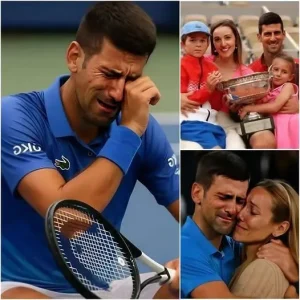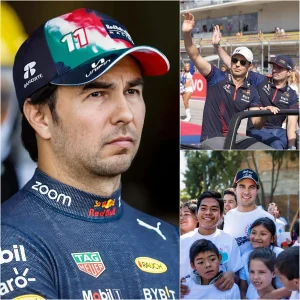At the very pinnacle of his powers, Jannik Sinner took his fans and rivals by surprise when he elected not to participate in the high-profile tournament in Toronto. Far from being a decision borne of injury or controversy, the move reflected deep strategic intent, signaling a mature and thoughtful approach to managing both physical and mental well‑being.
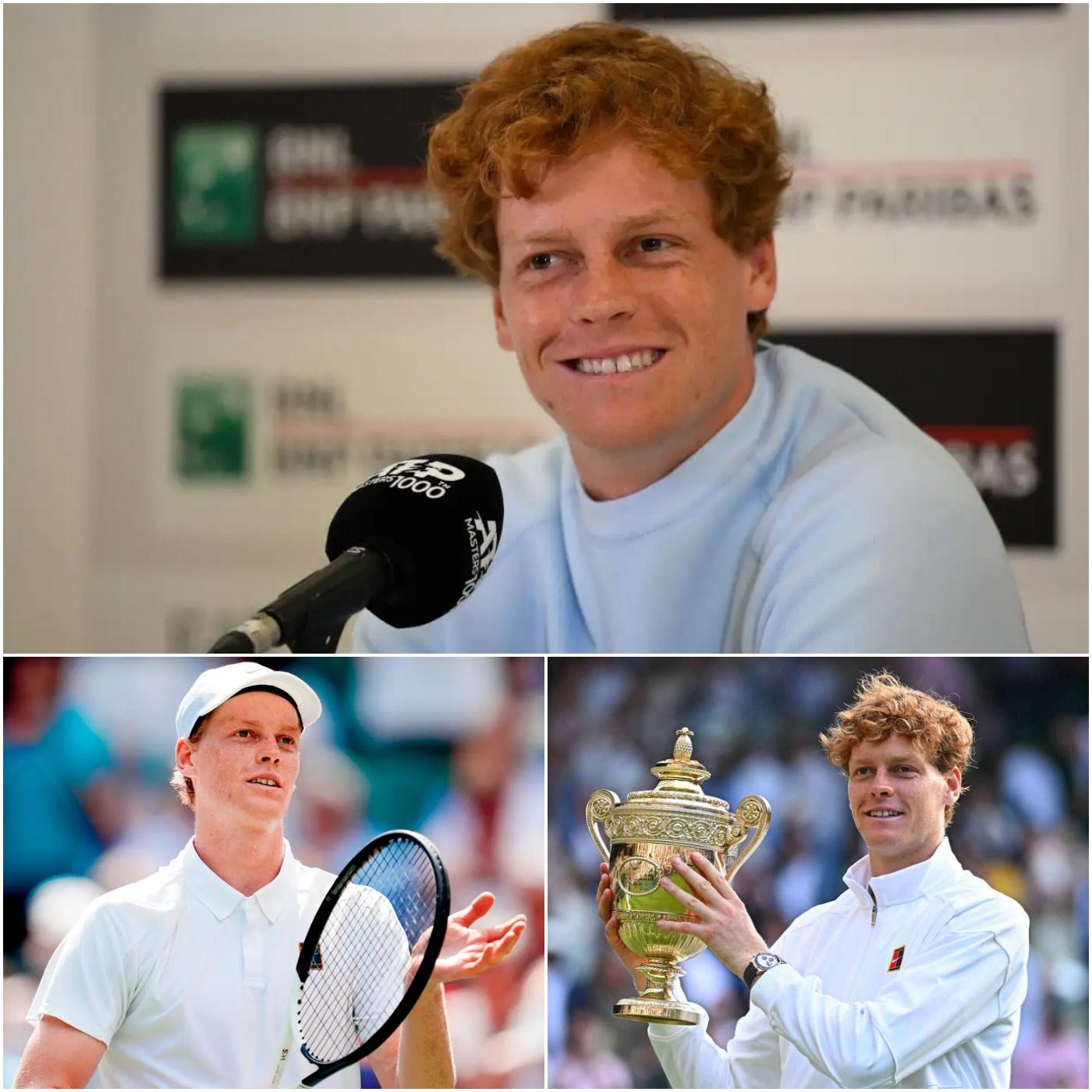
In the aftermath of an intensely taxing season—highlighted by a grueling French Open final loss to Carlos Alcaraz and culminating in an exhilarating Wimbledon triumph—Sinner recognized that pushing forward without pause could carry unseen risks. Rather than chase immediate glory, he chose to step away from competition for nearly a month, a calculated pause designed to let both body and mind recalibrate.

The timing of this break was no coincidence. With the US Open looming, and Cincinnati serving as the essential stepping stone, Sinner’s decision to rest wasn’t avoidance—it was preparation. By ensuring he entered the Cincinnati draw fully recharged, he maximized his chances not just for immediate results, but for peak performance when it mattered most.
When Sinner returned to the practice courts in Ohio, his appearance was accordingly pragmatic. Sporting a protective sleeve on his right elbow, he made clear it was more about stability than injury, a subtle choice that spoke of both caution and confidence. It demonstrated that he listened to his body and was unafraid to incorporate unconventional comforts to support his game under demanding conditions.
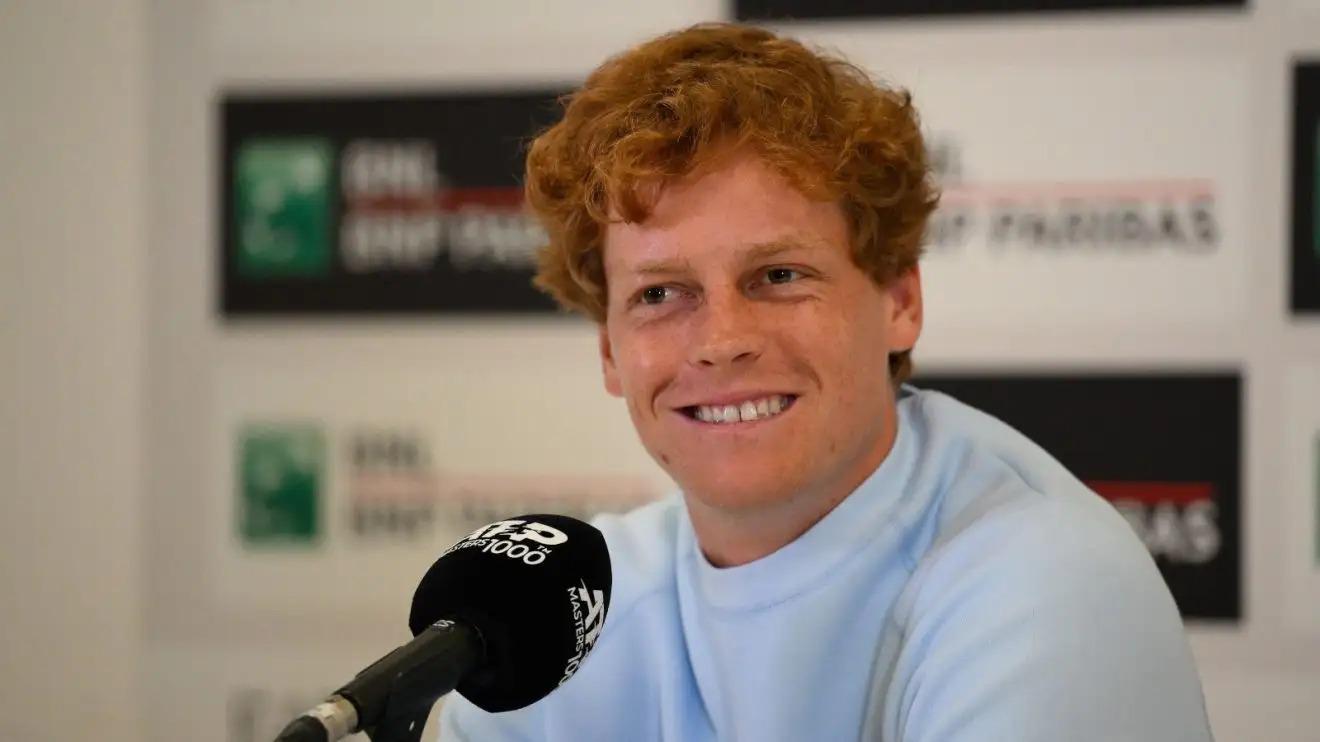
The strategic value of this break becomes even clearer when placed in context. The Cincinnati Open, as the defending champion, offers Sinner a chance to solidify his rhythm, rebuild momentum, and maintain his position atop the rankings ahead of a Grand Slam showdown. The tournament also presents an opportunity for him to face fellow elite contenders, including his most notable rival, Carlos Alcaraz—whose own preparations for the US Open included skipping Toronto, mirroring Sinner’s path of calculated withdrawal.
More than a simple choice to rest, Sinner’s actions reflect a broader paradigm shift in elite sports—a growing recognition that rest is not weakness, but a pillar of sustained excellence. Athletes who manage their schedules smartly, balancing competition with recovery, are more likely to avoid burnout, reduce injury risk, and produce their best results when under pressure.
By opting out of Toronto, Sinner didn’t forfeit momentum; he preserved and redirected it. The break granted him precious time to reconnect with his support network, recalibrate mentally, and train with renewed focus. Now, stepping into Cincinnati, he brings both the freshness of rest and the hunger for competition.
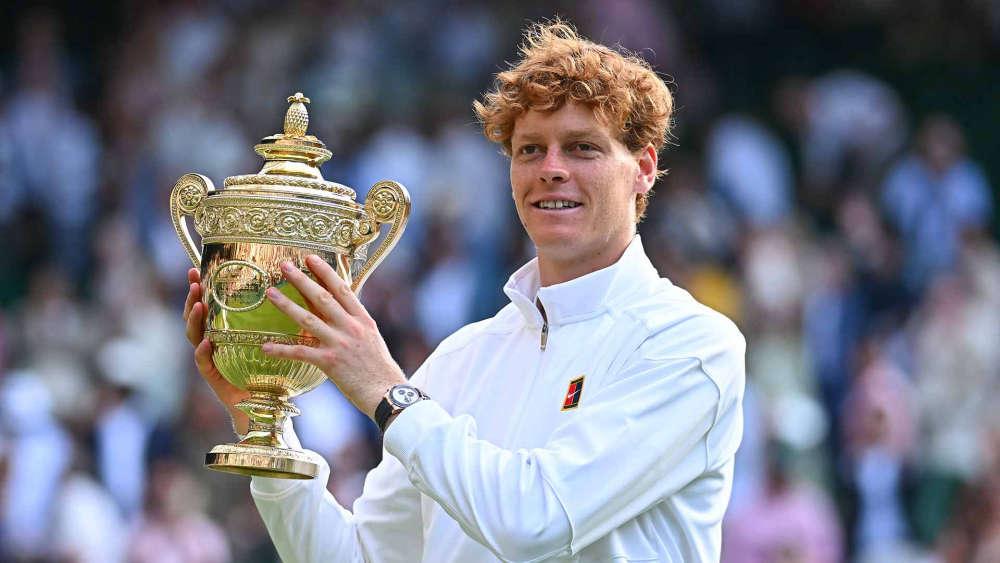
As the tennis world watches, Sinner’s return is charged with anticipation. Can he translate this strategic hiatus into a dominant defense in Cincinnati? Will the balance of rest and readiness give him an edge over rivals who opted for nonstop competition? Only the courts will tell.
But for now, what is clear is that Sinner’s message transcends wins and losses. It’s about a mindset, a maturity, and a long‑term vision—choosing rest not as escape, but as fuel. And that alone may be the most compelling signal of his ambition yet.


